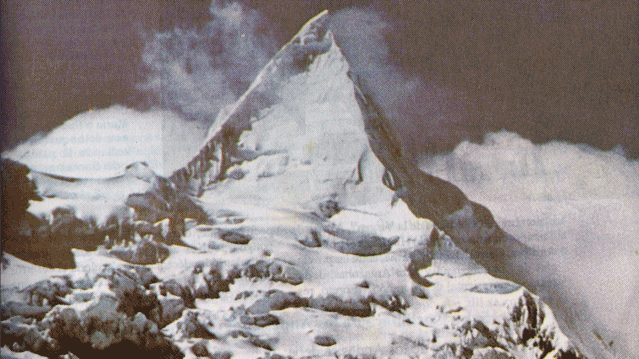
When the Andes Highlands Meets the Swiss AlpsAt first glance, there is not so much in common in the life trajectories of Miriam Cahn and Claudia Martínez Garay, who are of different generations and came from very distant places in the world. Born in 1949 to the parents of Jewish immigrants who fled Nazi persecution in Germany and France and settled in Switzerland, Miriam grew up in Basel in an affluent household. She was engaged in art and art making at an early age. By the 1970s, like many progressive young people in Europe at the time, Miriam joined the local feminist and peace movements. She participated in protests, wrote petitions, and painted murals in the city. Claudia was born in 1983 in Ayacucho, in the Andes of Peru during the time of the civil war between the Shining Path—the insurgent Communist Party of Peru—and the military. As the Shining Path occupied the mountain highlands and executed brutal violence on the local communities, Claudia lost her family and was adopted and taken to Lima by her stepparents, who served in the military at the time.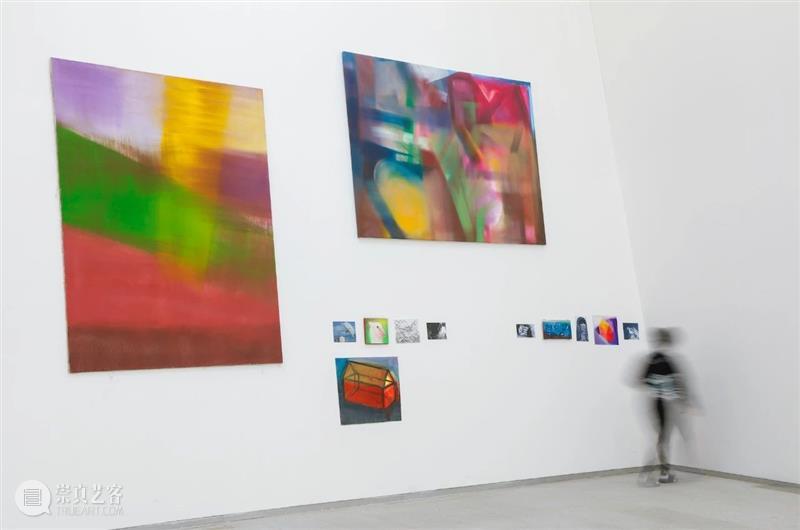 "Ten Thousand Things" Installation View
"Ten Thousand Things" Installation View
(From left to right:)
gezeichnet [marked]
Miriam Cahn, 2013/2015 + 22.02.2017
oil on canvas and wood, 40 x 31 cm
courtesy of the artist, GALERIE JOCELYN WOLFF,
Paris and Meyer Riegger, Berlin | Karlsruhe
zurückweichen [back away]
Miriam Cahn, 22.12.2015 + 23.07.2017
oil on wood, 30 x 25 cm
courtesy of the artist, GALERIE JOCELYN WOLFF,
Paris and Meyer Riegger, Berlin | Karlsruhe
overdose (soldat) [overdose (soldier)]
Miriam Cahn, 04.05.14
oil on wood, 30 x 27 cm
courtesy of the artist, GALERIE JOCELYN WOLFF,
Paris and Meyer Riegger, Berlin | Karlsruhe
zurückweichen [back away]
Miriam Cahn, 21.03.2016 + 08.02.2017
oil on wood, 36 x 30 cm
courtesy of the artist, GALERIE JOCELYN WOLFF,
Paris and Meyer Riegger, Berlin | Karlsruhe
© Sifang Art Museum
Perhaps it is the experience and memory of trauma, war, violence, and suffering—however unique to each other—that connects the two artists and their practices. Still very much shrouded in the myths of that revolutionary period, the childhood of Claudia’s has propelled her to investigate, particularly in her earlier work, the history of war, military violence, and propaganda in Peru. For Miriam, although the holocaust did not impact her life in a direct way, its horrors nonetheless made her acutely responsive to the devastating suffering on human lives inflicted by more modern violence like the Gulf War or the conflicts in Yugoslavia in 1991, and more recently the European refugee crisis. Her commitment to the political reality around her is a result of a coming to terms with her own history, particularly through her parents’ experiences and memories of their flight. Histories of embodied empathy, mediated by visceral intimacy, have culminated in an uncompromising power floating underneath both Miriam’s and Claudia’s work.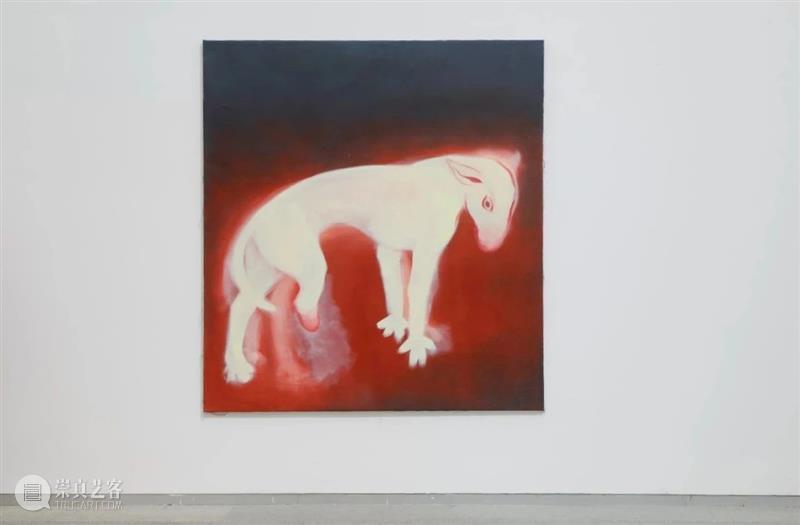
ZITAT (au hasard balthasard)
[quote (au hasard balthasard)]
Miriam Cahn, 27.5.16
oil on canvas, 175 x 195 cm
courtesy of Mr. Zhao Youhou
© Sifang Art Museum
(Left)
heutefrüherinnert (die Strasse nach La Paz)
[reminded today (the road to La Paz)]
Miriam Cahn, 02.09.2016
oil on canvas, 256 x 400 cm
courtesy of the artist,
GALERIE JOCELYN WOLFF, Paris
and Meyer Riegger, Berlin | Karlsruhe
(Right)
herumliegen [lying around]
Miriam Cahn, 03.07. + 14.10.2017
oil on canvas, 250 x 395 cm
courtesy of the artist,
GALERIE JOCELYN WOLFF, Paris
and Meyer Riegger, Berlin | Karlsruhe
I first experienced Miriam’s work at Documenta 14 in Athens and Kassel in 2017. Unprepared and unexpected, I was hit by the intensity—I could almost taste the color and smell the texture—of Cahn’s paintings and drawings, which spread across a few venues and spaces of that edition of Documenta. I remember holding my breath while staring at her figures, but they stared right back at, and into, me. They all looked so strange yet so intimately familiar. There was anger in them. There was anger in me. I felt possessed as I started to see what Miriam was seeing. But it was not until I visited Miriam in her alpine studio that I came to realize how much she is her images and her images are her. Located in Stampa, a village on the boarder of Switzerland and Italy, the building was designed by Miriam herself in a modest modernist style and built in concrete. The red front sliding door cast a contrast against the backdrop of the Swiss mountain range. It was summertime, the hills were covered in lush green, only occasionally topped with a thin layer of snow. Miriam lives alone with almost austere furnishings. Her bedroom is a small room inside of the warehouse-like and furniture-less studio building. All her completed or work-in-progress canvases were standing along the edge of the room, facing the wall, in layers. As she started to turn them around, one by one, the space acquired life and spirit, synching with her hectic movements. These figures—portraits, animals, plants—are her companions. Each of them has a small bit of Miriam in them. It became clear to me that none of the images is a single work, an isolated representation; instead, they are all interconnected beings to form a worldview and a total work of art.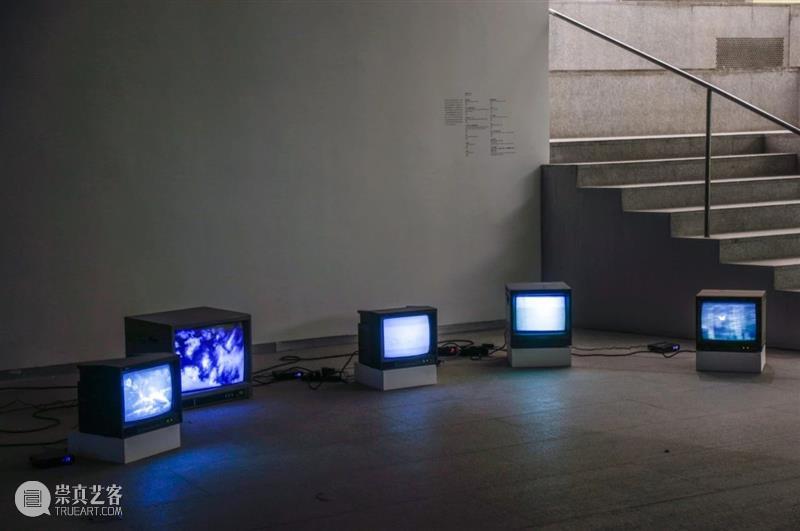 "Ten Thousand Things" Installation ViewÑuqa kausakusaq qhepaykitapas /
"Ten Thousand Things" Installation ViewÑuqa kausakusaq qhepaykitapas / Claudia Martínez Garay, 2017
single channel HD video and sound, 15′37″
courtesy of the artist
and GRIMM Amsterdam | New York
© Sifang Art Museum
This power in Claudia’s practice is manifested in very different ways. It is more tender, more humorous, and more versatile. I was drawn to her work twice at two different occasions without realizing they came from the same artist until much later. In her works Cannon Fodder and Cheering Crowds (both 2018) shown as part of the New Museum Triennial in New York in 2018, Claudia pulls elements from various 20th century propaganda and activist materials, separating out figurative forms on one wall (the Black Panther logo, various octopi and snakes, a woman wielding a rifle) and formal design elements on the other (lush gradients, geometric compositions that evoke rising suns or limitless horizons). By having the two walls facing each other, she puts narrative and form, representation and abstraction, in direct confrontation, teasing out a complex history between politics and aesthetics. Later in the same year, I saw Claudia’s video installation ÑUQA KAUSAKUSAQ QHEPAYKITAPAS / I WILL OUTLIVE YOU (2017) at the 12th Shanghai Biennale. In a much more enigmatic and poetic setting, the artist speculates the story of a 1200-year-old ceramic vase, which she encountered at the Ethnological Museum in Berlin. The artifact represents a man, a prisoner from the Moche culture, which flourished in northern Peru with its capital near present-day Moche, Trujillo, Peru from about AD 100 to 700, just before he is about to be sacrificed. In the video, the prisoner reflects on the time before his death when he was incarcerated as a human being, his experience in his afterlife as a prisoner in a museum display, and his being as a part of an artwork Claudia created. I caught Claudia at a transitioning moment of her practice, in which she started to embrace her previously self-denied identity of being born in the Andes and being part of the indigenous community. As a result, her work has departed somewhat from directly referencing the history of war and turned to the engagement of indigenous mythologies and artifacts, particularly her native pre-Columbian cultures.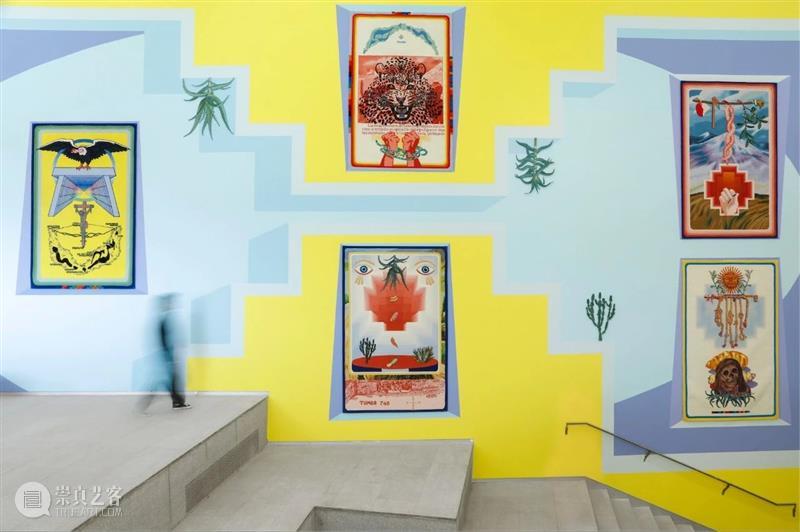 "Ten Thousand Things" Installation View
"Ten Thousand Things" Installation ViewJalapato / pulling duck
Claudia Martínez Garay, 2020
rattan and acrylic paint
variable dimensions (approx. 50 cm)
commissioned by Sifang Art Museum,
courtesy of the artist
and GRIMM Amsterdam | New York
Agave Americana About to Bloom
Claudia Martínez Garay, 2020
sublimated print on aluminum, steel stand
235 x 115 cm
courtesy of the artist
and GRIMM Amsterdam | New York
Mural (for llama)
Claudia Martínez Garay, 2020
wallpainting, variable dimensions
courtesy of the artist
and GRIMM Amsterdam | New York
Untitled (Mural)
Claudia Martínez Garay, 2020
wallpainting, variable dimensions
courtesy of the artist
and GRIMM Amsterdam | New York
© Sifang Art Museum
"Ten Thousand Things" Installation ViewThe exhibition Ten Thousand Things at Sifang Art Museum in Nanjing, China was conceived to bring the works by Miriam and Claudia into a unique dialogue. The exhibition opens with a site-specific installation of tufting tapestries and murals designed by Claudia. Painted in latex with bright yellow, turquoise, and blue hues, the mural creates a play of shadow and perception. Hanging against the colorful background, the tapestries are full of symbolic elements that remix pre-Columbian visuals, modernist compositions and propaganda aesthetics; each symbol is a capsule of time and space while layers of meaning are condensed and synergized. Together with a series of newly produced rattan animal sculptures, the installation is inspired by “Pachakuti,” a concept from Andean Cosmovision that signals a return to the initial point—as revolution, change and transformation—in a cycle that occurs in time and space. More importantly, by exploring this cosmology through reanimating the fragments of lost and forgotten stories, Claudia’s work not only investigates how colonialist frameworks fabricate narratives that persist power and violence but also shines light on what we can relearn from ancient wisdom to imagine new ways to understand time and space, and to relate to things and beings.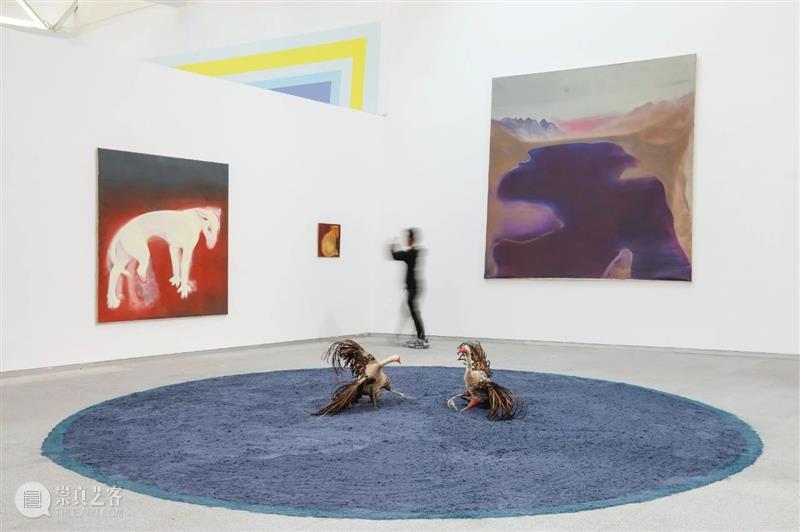
ZITAT (au hasard balthasard)
[quote (au hasard balthasard)]
Miriam Cahn, 27.5.16, oil on canvas, 175 x 195 cm
courtesy of Mr. Zhao Youhou
creatura [creatura], Miriam Cahn
10.01.1998, oil on canvas, 44 x 48 cm
Private Collection
(zitatenbild) hier wohne ich [(quote) I live here]
Miriam Cahn, 2012, oil on canvas
282 x 300 cm, Private Collection
Provided by Long Museum
Pelea de Gallos / cockfight
Claudia Martínez Garay, 2020
rattan and acrylic paint
variable dimensions (approx.70 cm)
commissioned by Sifang Art Museum
courtesy of the artist
and GRIMM Amsterdam | New York
© Sifang Art Museum
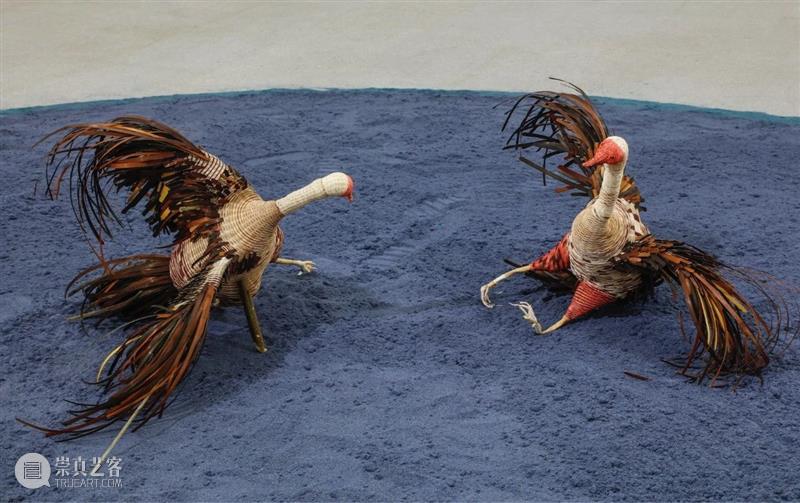
Pelea de Gallos / cockfight
Claudia Martínez Garay, 2020
rattan and acrylic paint
variable dimensions (approx.70 cm)
commissioned by Sifang Art Museum
courtesy of the artist
and GRIMM Amsterdam | New York
© Sifang Art Museum
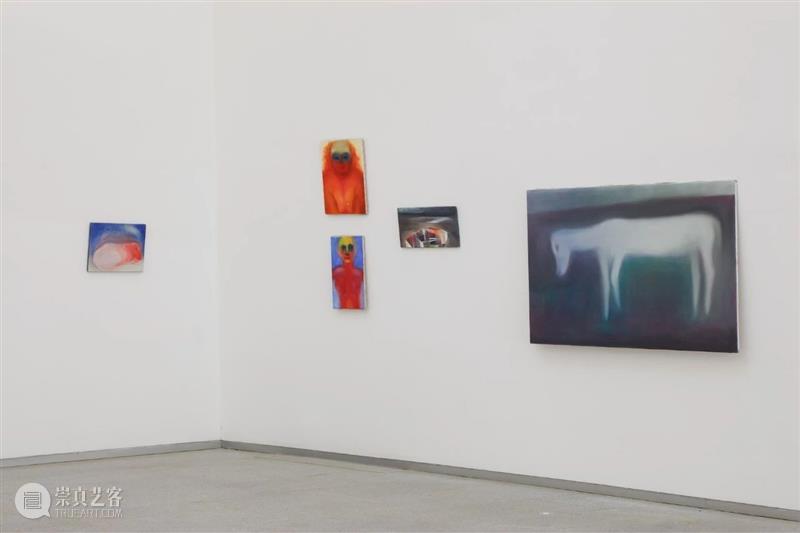
(From left to right:)
nacktes tier [naked animal]
Miriam Cahn, 1998
oil on canvas, 33 x 41 cm
Private Collection
schöne äffin (angebot) [beautiful monkey (offer)]
Miriam Cahn, 2.1.98
oil on canvas, 50 x 37 cm
Private Collection
o.t.
Miriam Cahn, 22.03.1995
oil on canvas, 50 x 29 cm
Private Collection
in den bau schauen [look into the building]
Miriam Cahn, 04.09.2005
oil on canvas, 26 x 48 cm
Courtesy of Ms. Wei Hongxiao
o.t.
Miriam Cahn, 25.5.07
oil on canvas, 94 x 135 cm
Collection of Sifang Art Museum
© Sifang Art Museum
Although Miriam is best known for her works depicting human figures, some aggressive, some vulnerable, and often in anger or distress, she also makes intriguing landscapes, urban scenes and war images. The presentation of Miriam’s work in the exhibition takes as a starting point her landscape paintings, with the intention of foregrounding an artistic universe where she situates her contemplation on the human condition in an intrinsic web of worlds of animals and plants, in relation to nature and manmade environments. She creates hybrid representations of beings unidentifiable at first glance as animal or human, body or plant, female or male, horror or allure, fluctuating and metamorphizing to disavow the conventional categorizations and dualistic divisions. Her landscapes are uncanny, often imbued in apocalyptic hues, hinting at violence and exploitation cast onto the land—nuclear nightmares, war, or pollution—but with no literal or didactic representations. These mountains, lakes, and rivers are like fragile creatures suspended in time and space. For example, in herumliegen [lying around] (2017), the center figure looks like driftwood or some kind of root, but also human limbs or animal organs, floating beneath the horizon of a vast yet void field, while in meine wege [my ways] (2018), the chain of bare mountains emerge as wounded body, with blood running through its skin.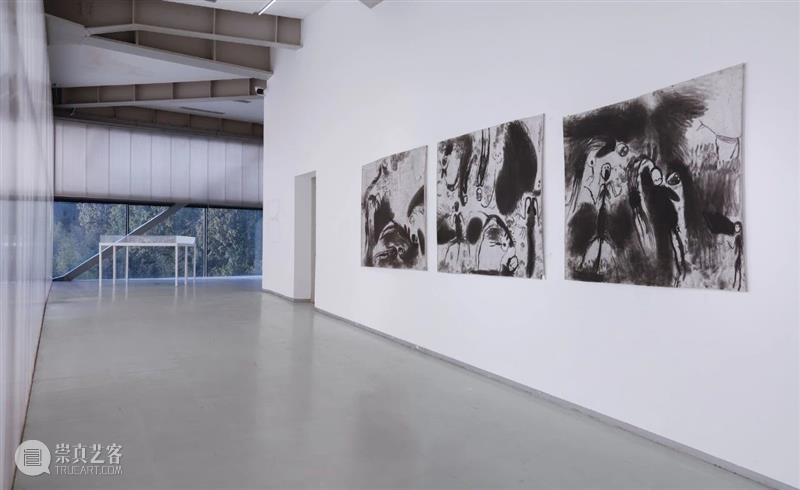
L.I.S (mit den kindern und den tieren)
blutungsarbeit Frauen, Kinder, Tiere,
Pflanzen nach 1984
[to read in the dust
(with the children and the animals)
bleeding work women, children, animals,
plants after 1984]
Miriam Cahn, 1985, chalk on paper
3 elements: 135 x 490 cm (overall)
courtesy of the artist, GALERIE JOCELYN WOLFF, Paris and Meyer Riegger, Berlin | Karlsruhe
© Sifang Art Museum
"Ten Thousand Things" Installation Viewo.t., Miriam Cahn
21.11.2006
pencil on paper
24 x 25 cm
Private Collection
"Ten Thousand Things" Installation ViewIn doing so, Miriam is able to extend our human-centric imaginations. But perhaps more importantly, these alternative worlds echo with the Pachakuti. For many indigenous communities, the land has gone through many rounds of traumas, since the arrival of the white men, from colonialism to its mutant progeny, capitalist extraction. Each trauma is a life and death cycle, a Pachakuti, a transformative reincarnation borne with scars. As Miriam shows us the devastation of man-made destruction and its disparity, we have to remember that the so-called progressive ideas of sustainability, ecological rights, environment protection and mother earth were always part of indigenous Andean culture (and many other indigenous beliefs), which only now regain their visibility as a result of colonizers’ attempts at mending their own destruction.(Left) atombombe [atomic bomb]Miriam Cahn, 07.02.1989
water colour on paper, 190 x 83 cm
courtesy of the artist, GALERIE JOCELYN WOLFF, Paris
and Meyer Riegger, Berlin | Karlsruhe
(Right) atombombe [atomic bomb]
Miriam Cahn, 04.03.1991
water colour on paper, 190 x 337 cm
courtesy of the artist, GALERIE JOCELYN WOLFF, Paris
and Meyer Riegger, Berlin | Karlsruhe
© Sifang Art Museum
The exhibition continues upstairs with a focused presentation of Miriam’s atomic bomb series, made between 1986 and 1991. These watercolors were created by throwing pigments—usually the primaries: yellow, magenta, cyan—and water directly on the surface of the paper. The resulting images are alluring compositions of dripping color and expressive form; however, closer inspection reveals the radical transposition of horror with seduction in their mushroom cloud silhouettes. Adjacent to the series is a group of Miriam’s famous painterly images of bodies and portraits, somehow both living and dead, confronting the viewer with their direct gazes. They tell the stories of war, fleeing, refugee, unfair treatment of women and children, gender inequality. The terrible subject matter betrays their vibrant colors, but reality is never black and white, after all, as Miriam negotiates such contradictions and tensions with deft honesty."Ten Thousand Things" Installation View
(From left to right:)
grausam [horrible], Miriam Cahn
01.05.2007, oil on canvas, 170 x 100 cm
courtesy of the artist, GALERIE JOCELYN WOLFF, Paris
and Meyer Riegger, Berlin | Karlsruhe
rennen mussen [have to run], Miriam Cahn
21.03.09+17.9.16, oil on canvas, 280 x 200 cm
Private Collection
höre! [hear!], Miriam Cahn
23.03.2001, oil on canvas, 80 x 90 cm
Courtesy of Ms. Yu Dan
verachtung [contempt], Miriam Cahn
26.07.14, oil on canvas, 58 x 45 cm
Private Collection
© Sifang Art Museum
(From upper left to bottom right:)
HÖRE! [HEAR!], Miriam Cahn
2014/15/16 + 20.03. + 05.10.2017
oil on canvas, 45 x 40 cm
courtesy of the artist, GALERIE JOCELYN WOLFF, Paris
and Meyer Riegger, Berlin | Karlsruhe
o.t., Miriam Cahn
20.03.2003, oil on wood, 30 x 35 cm
Private Collection
unklar/mütterlich [unclear/maternal]
Miriam Cahn, 8.4.08, oil on canvas, 45.5 x 35 cm
Private Collection
o.t., Miriam Cahn
13.01.2003, oil on canvas, 58 x 55 cm
Courtesy of Mr. Zhang Qi
liebenmüssen [have to love], Miriam Cahn
22.01. + 07.05.2018, oil on wood, 46 x 57 cm
courtesy of the artist, GALERIE JOCELYN WOLFF, Paris
and Meyer Riegger, Berlin | Karlsruhe
säugen [suckle], Miriam Cahn
10.08.2008, oil on canvas, 182 x 110 cm
courtesy of the artist, GALERIE JOCELYN WOLFF, Paris
and Meyer Riegger, Berlin | Karlsruhe
© Sifang Art Museum
"Ten Thousand Things" Installation ViewClaudia imagines the three floors of the museum as three Pachas (times/spaces), symbolically representing an underworld, this world, and an upperworld. Along the hanging tapestries are staircases leading to the basement level of the museum: a Pacha of the underworld. Visitors enters by passing through a portal designed by Claudia, decorated with a python head with its open mouth and gigantic hand claws stretching to both sides. Titled Punka/Portal (2020), this installation is inspired by the myth of the Gate of the Sun, a monolith carved in the form of an arch or gateway at the site of Tiahuanaco by the Tiwanaku culture, an Andean civilization of Bolivia that thrived around 500-950 CE. With its function and construction method still unknown, the Gate of the Sun has propelled Claudia to imagine a portal that could transport us to a different time/space. In the basement, video ÑUQA KAUSAKUSAQ QHEPAYKITAPAS / I WILL OUTLIVE YOU (2017) is presented as a speculation on ideas of afterlife in the underworld, an afterlife like the one in the beliefs of the Moche civilization, but also a metaphor for the conditions of the objects in the museums. On the second floor in the upper world, an installation of El Creador / The Creator (2019) stands by the balcony next to the video work Y no podrán matarlo... / And they could never kill him... (2019). El Creador / The Creator (2019) references an unexcavated archeology site from the Moche civilization with replica ceramic artefacts half-buried in soil mirroring real ceramics that were looted from Peru and sold to museums abroad, where they remain to this day. Simultaneously biographical and fictional, historical and futuristic, the Y no podrán matarlo... / And they could never kill him... (2019) features the Peruvian actor Reynaldo Arenas, a cultural icon known for his portrayals of eternal Incan characters such as Atahualpa, the last Inca, from the Inca Empire, the largest empire in pre-Columbian America. Pointing to the possibility of immortality and reincarnation, these works are in a silent conversation in the galleries with many characters portrayed in Miriam’s paintings.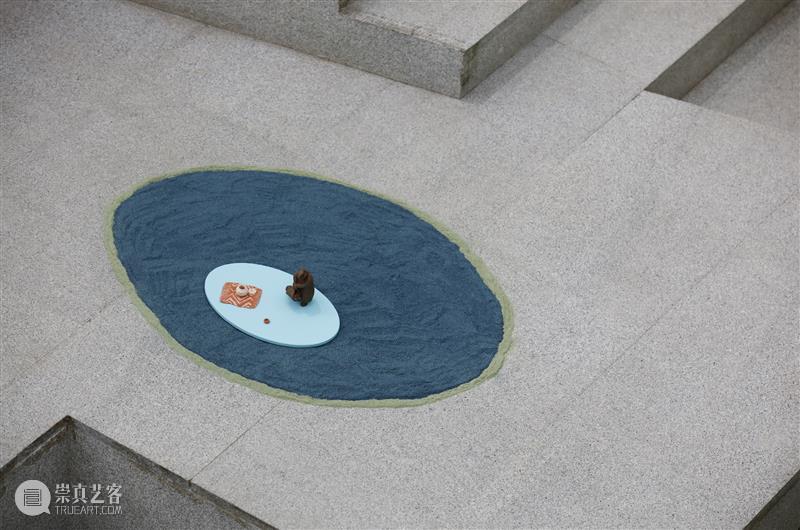
mujer cargando bebe / woman carrying baby
Claudia Martínez Garay, 2019
ceramic on painted base
10 x 25 x 25 cm; base: 25 x 25 cm
courtesy of the artist
and GRIMM Amsterdam | New York
casita / small home
Claudia Martínez Garay, 2019
ceramic on painted base
10 x 25 x 25 cm; base: 35 x 35 cm
courtesy of the artist
and GRIMM Amsterdam | New York
© Sifang Art Museum
"Ten Thousand Things" Installation ViewThe multitude of lives, beings, things and scenes in Miriam and Claudia’s work speak to the title of this exhibition. The element of “the ten thousand things” is drawn from the I Ching—the ancient Chinese cosmological view of the world: “Heaven and Earth interact perfectly, and the ten thousand things communicate without obstacle.” This view poetically connects the two artists’ work as they rethink how we as humans connect to nature, other sentient beings, the non-human environment, and man-made systems, and how we choose to represent such relationships. Each artist approaches these ideas in their own distinguished ways. Painting and drawing for Miriam are about movement, integrating the body into thinking and feeling; they are not about depicting an idea but are exercising. Like playing music instruments, one does it every day. For Claudia, art making is a mediated process, weaving together millions of pieces of fragmented meanings and forgotten persons and narratives in order to speculate a different past and future. Playful yet insistent, sensitive yet analytical, the aesthetics and stories in her work further attests that colonialism is an inseparable component of modernity. Ten Thousand Things is an unexpected encounter, and a deliberately idiosyncratic one: is it possible that refracted between each artist and their artworks, we find a subtle and poetic way to radically rethink the representation of humanity, and the relationship between nature and culture? How can a woman artist from a younger generation benefit from a conversation with one from an older generation? How can we liberate the interpretation of a European painter’s image from Western frameworks and ways of looking? What can inspire us when the Andean highlands meet the Swiss Alps?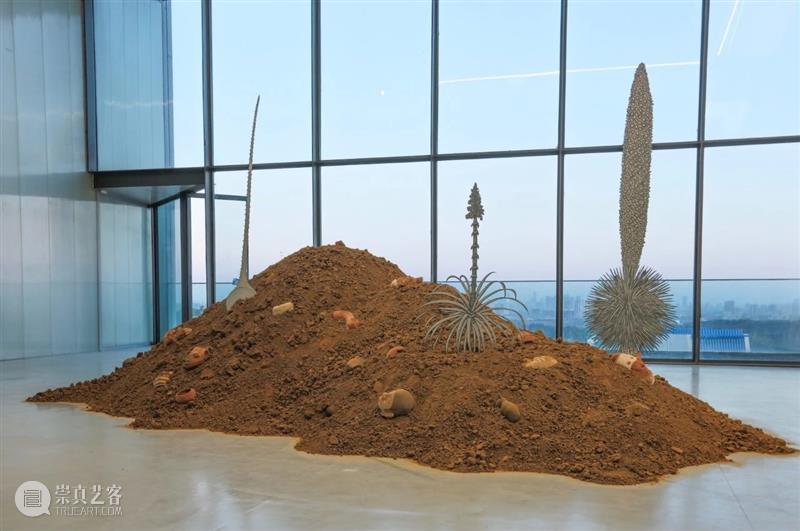
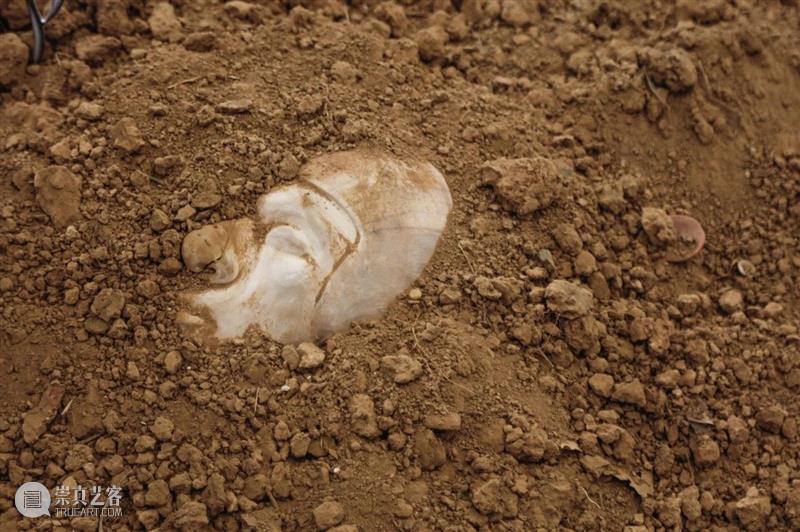
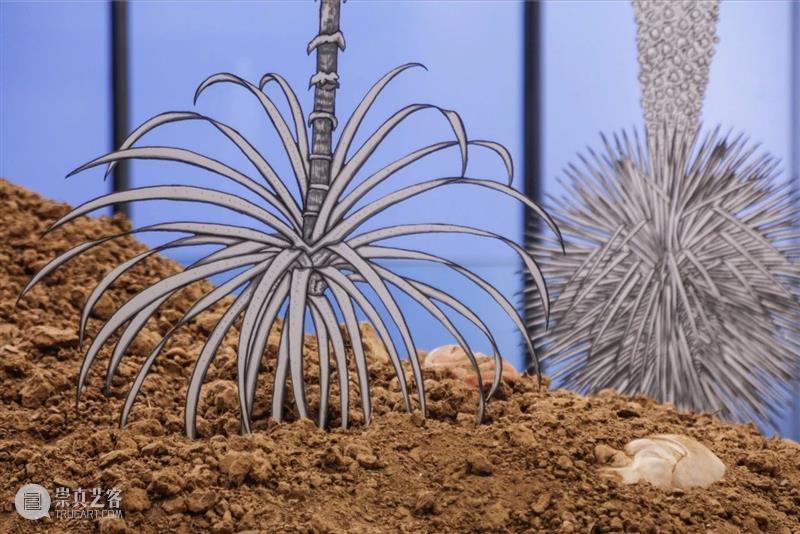
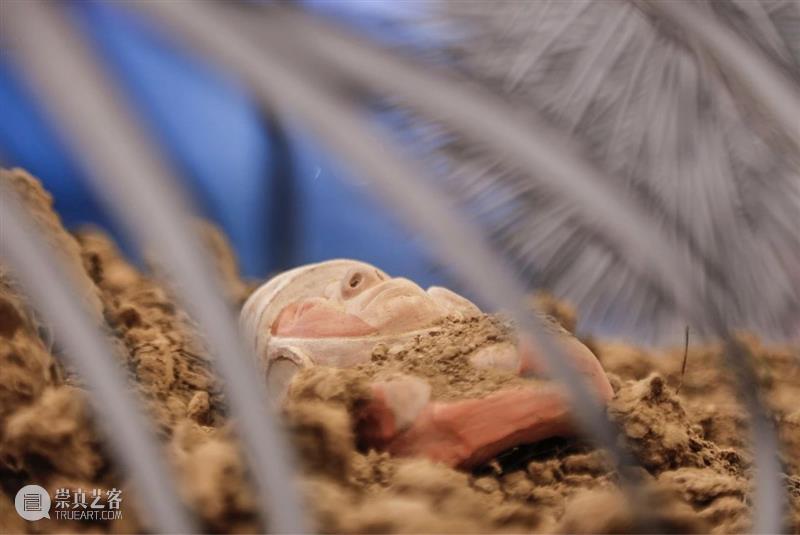
El Creador / The Creator
Claudia Martínez Garay, 2019
soil, clay objects, sublimation prints on aluminum
variable dimensions
courtesy of the artist
and GRIMM Amsterdam | New York
© Sifang Art Museum
Miriam Cahn and Claudia Martínez Garay: Ten Thousand Things is currently on view at Sifang Art Museum from November 8, 2020 to May 23, 2021. The exhibition is curated by Weng Xiaoyu and supported by Pro Helvetia Shanghai, Swiss Arts Council. Venue supported by 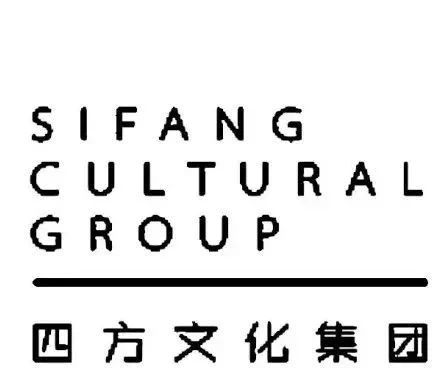
Exhibition supported by 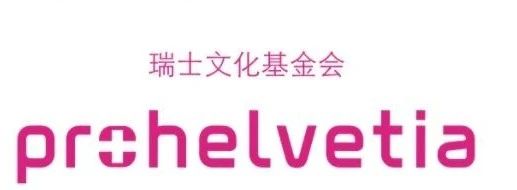
关注微信公众号四方当代美术馆
及服务号南京四方当代美术馆
及时获取展览信息及售票动态
当前展览
Miriam Cahn and Claudia Martínez Garay展览时间 | Exhibition Duration
2020年11月8日 - 2021年5月23日
展览地点 | Venue
四方当代美术馆
湖区票价 | Ticket Price
80元(单人票),40元(优惠票)
我怕我会爱上你
I am Afraid that I will Fall in Love with You
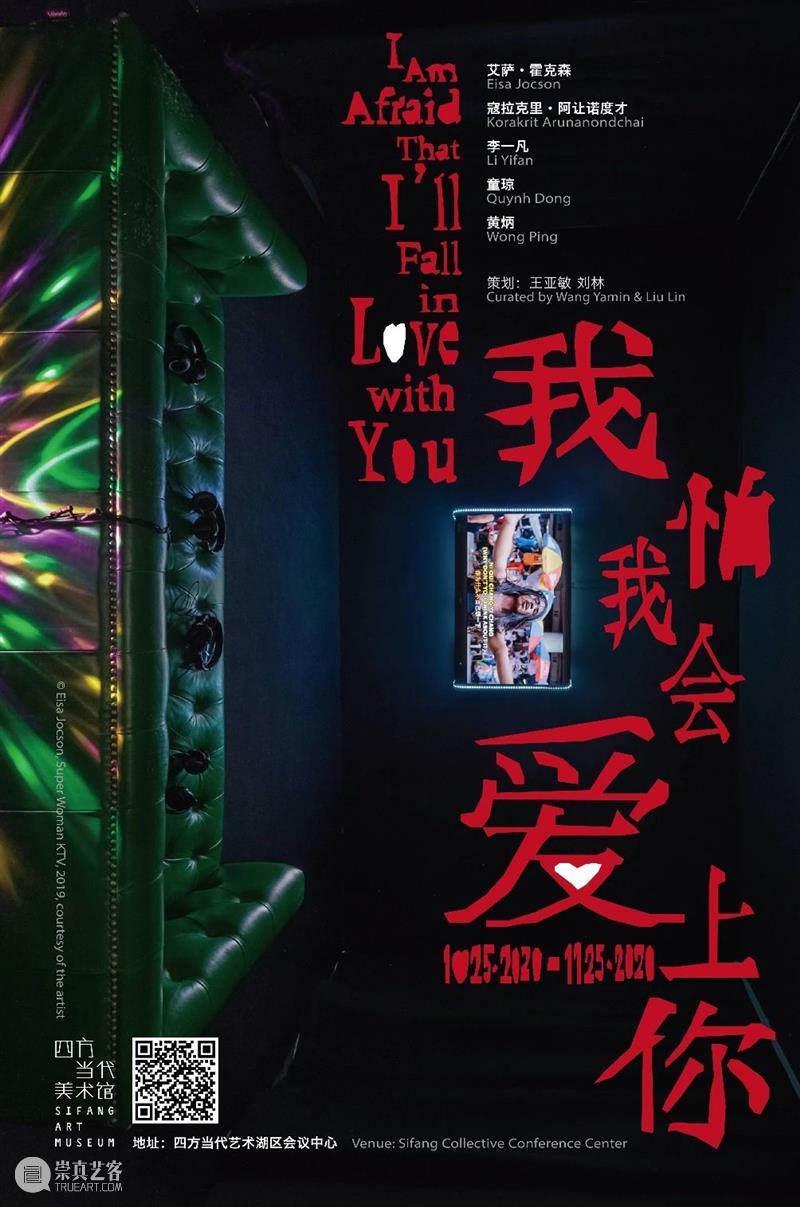
展览时间 | Exhibition Duration
2020年10月25日 - 2020年11月25日
展览地点 | Venue
四方当代美术馆会议中心主放映厅
湖区票价 | Ticket Price
80元(单人票),40元(优惠票)
电话:+86 25 58656360
网址:sifang.art
地址:中国江苏省南京市浦口区珍七路9号
No. 9 Zhenqi Road, Pukou District, Nanjing, Jiangsu, China
Ⅰ 公共路线:乘坐D58路、694路至「珍珠泉总站」,下车沿指示牌向老山国家森林公园方向上山,步行约20分钟到达。Ⅱ 自驾路线:经南京长江大桥或扬子江隧道或长江隧道开至浦口珍珠泉公园,沿公园大门向前200米处的指示牌向老山国家森林方向上山,约5分钟到达。





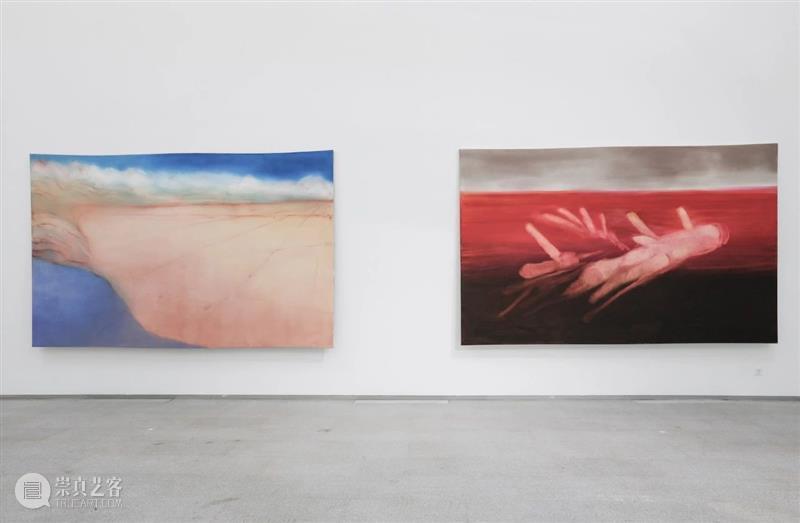

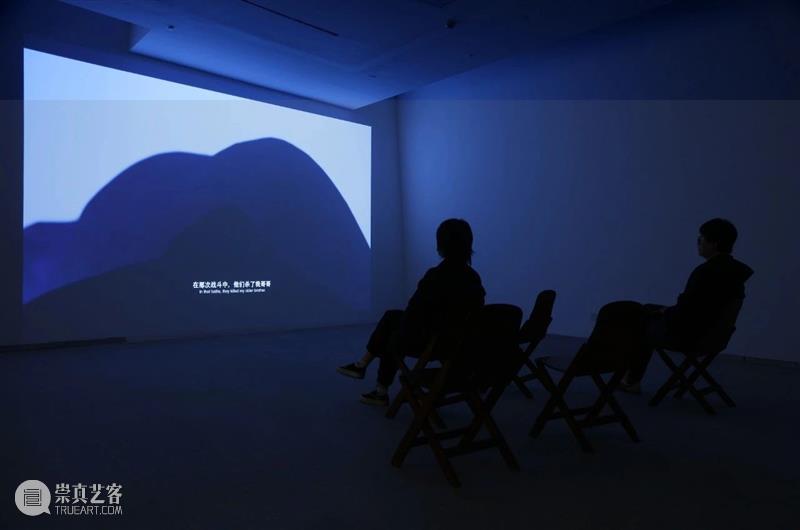

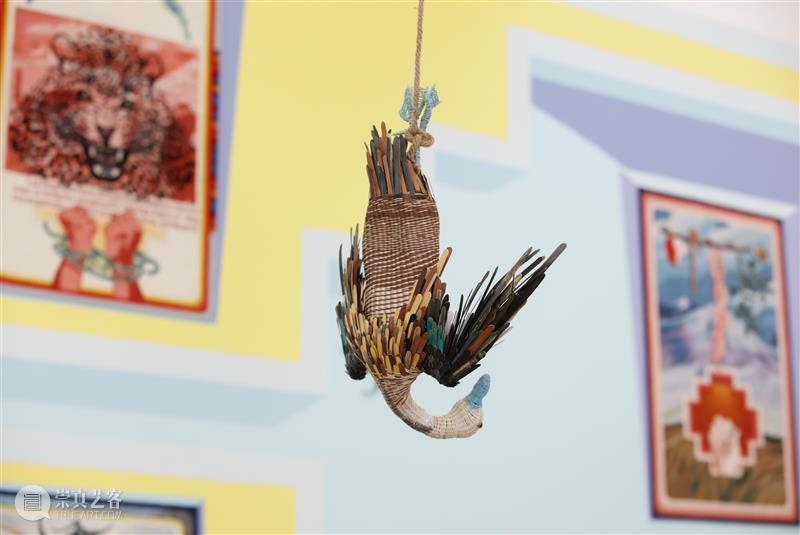

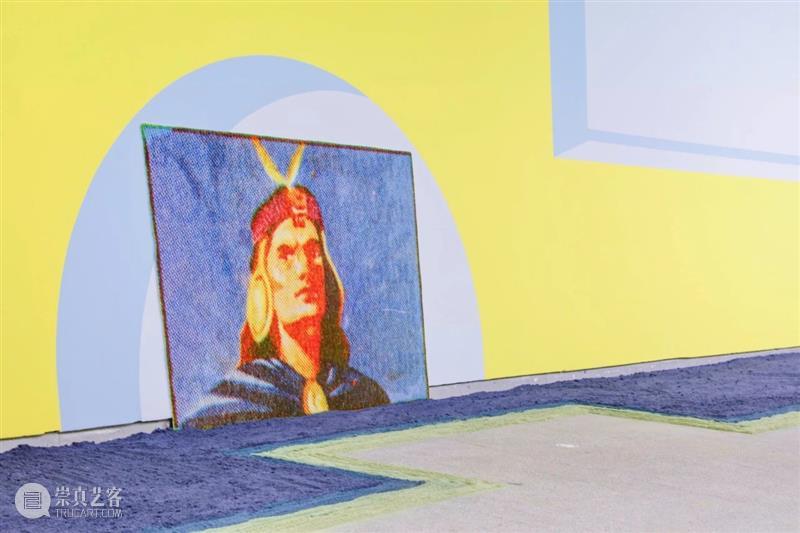




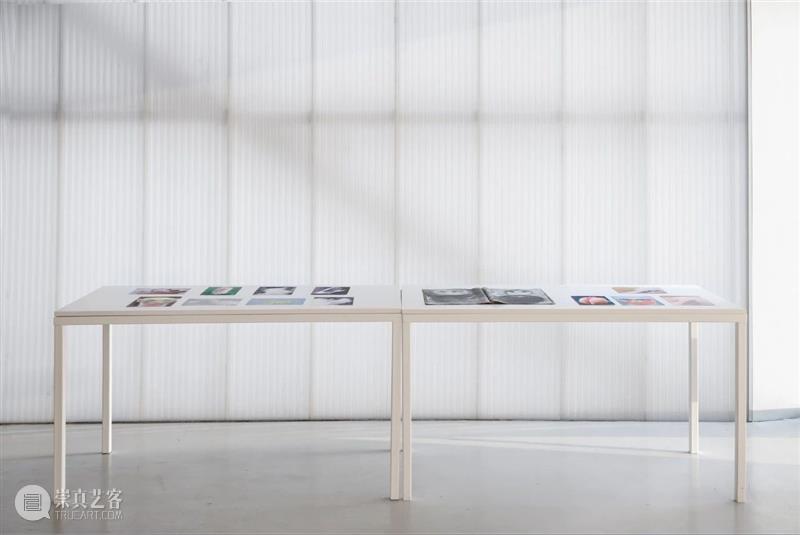
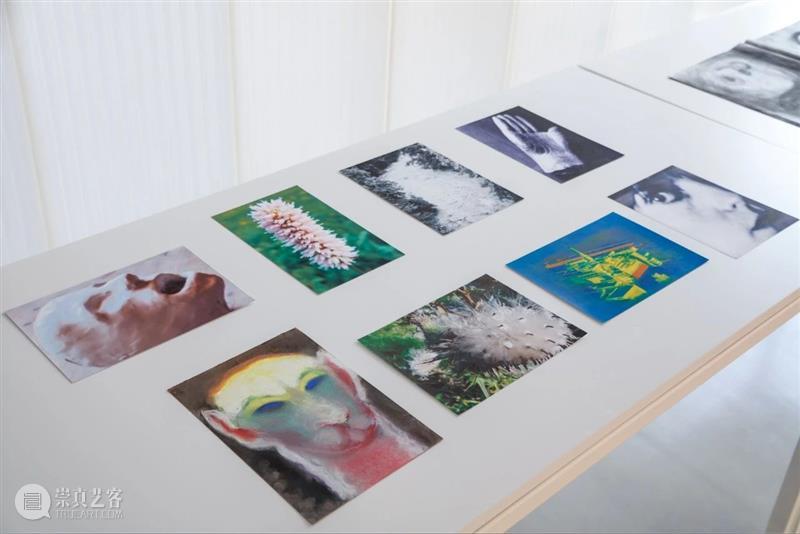
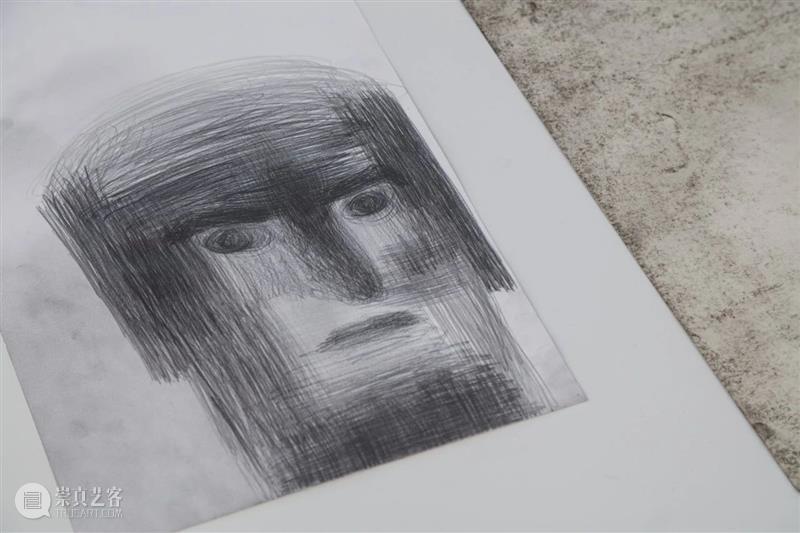
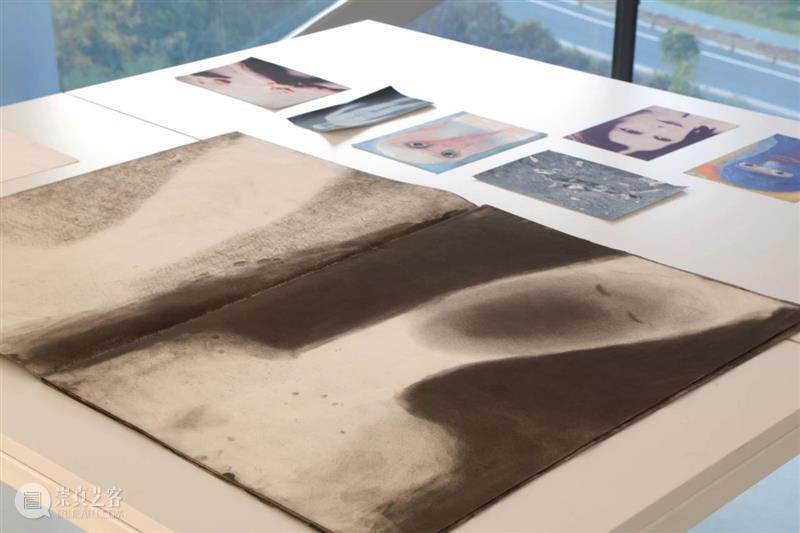
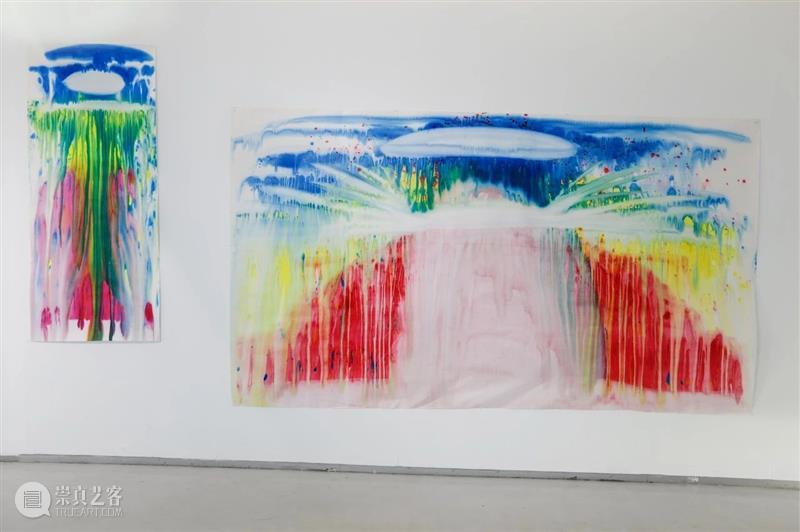
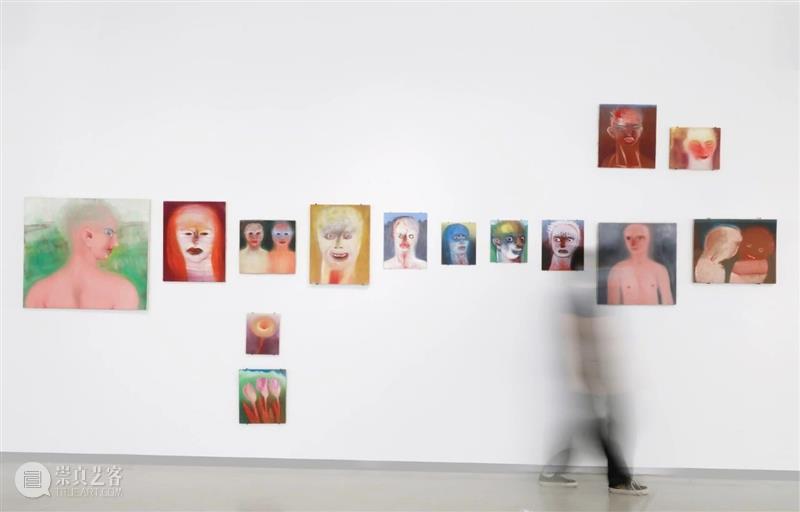
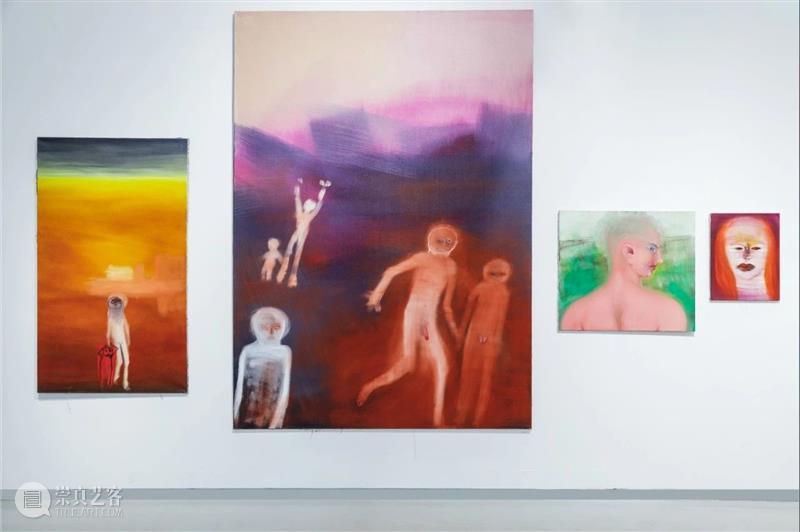
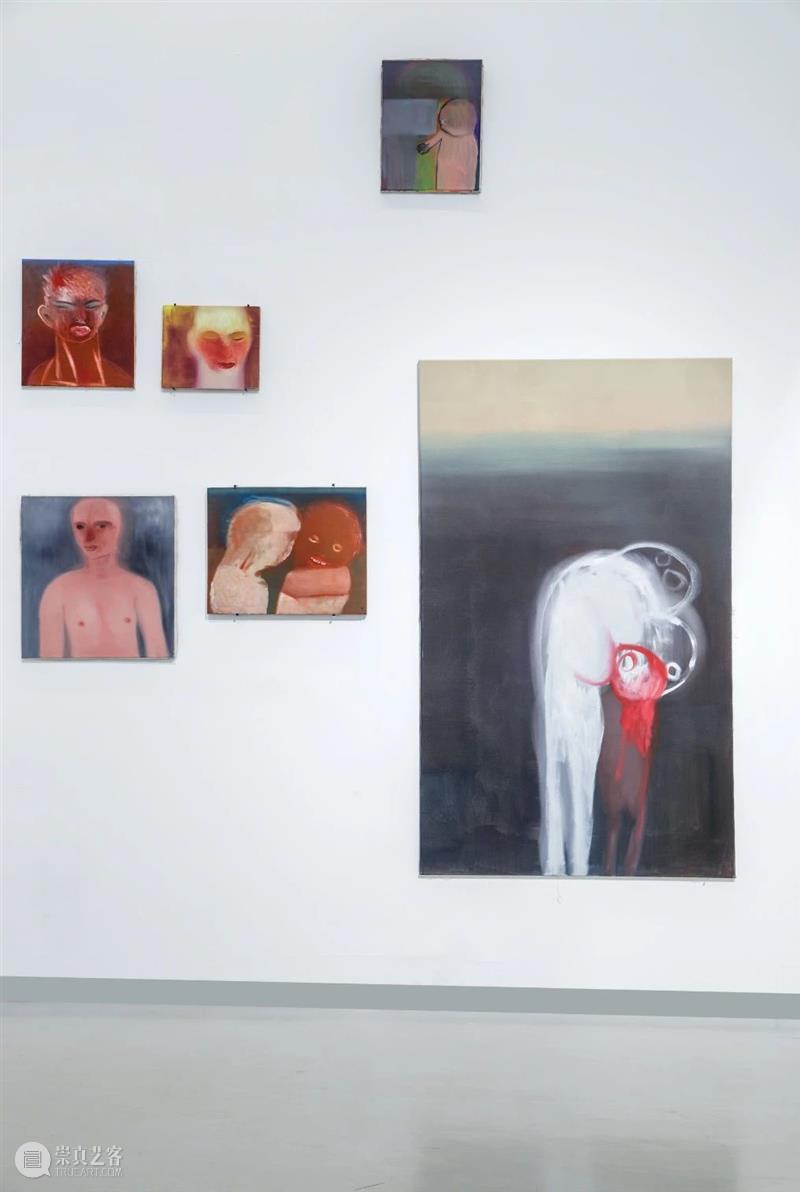
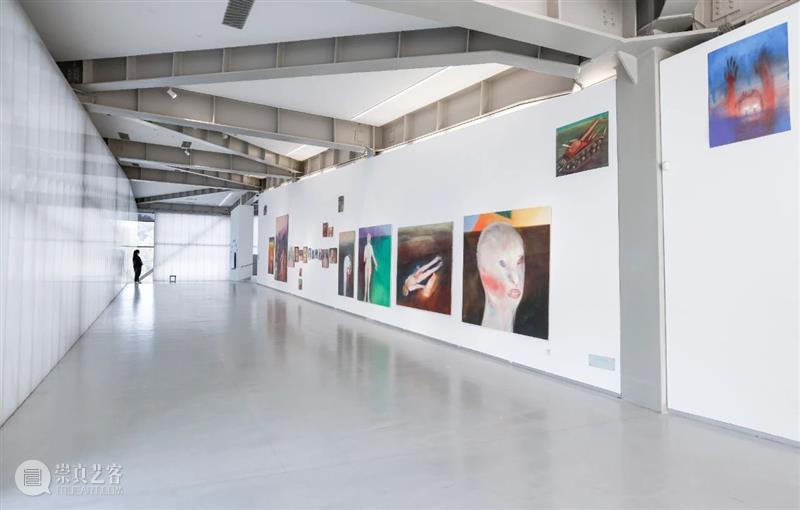

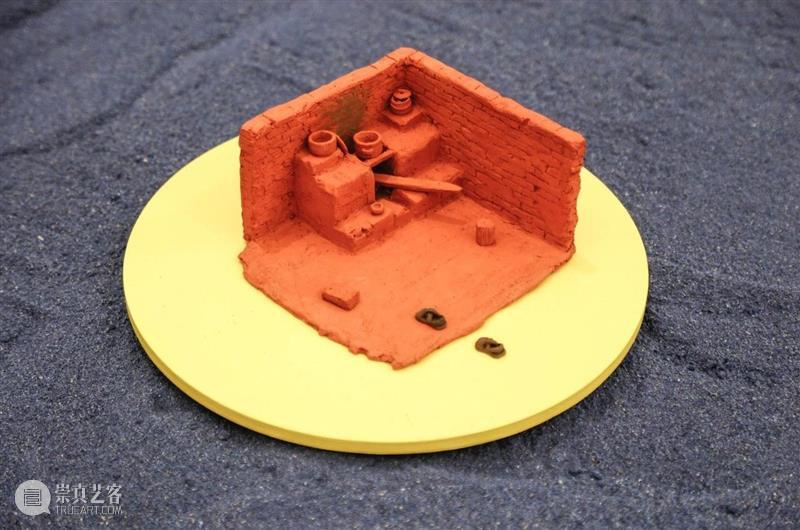
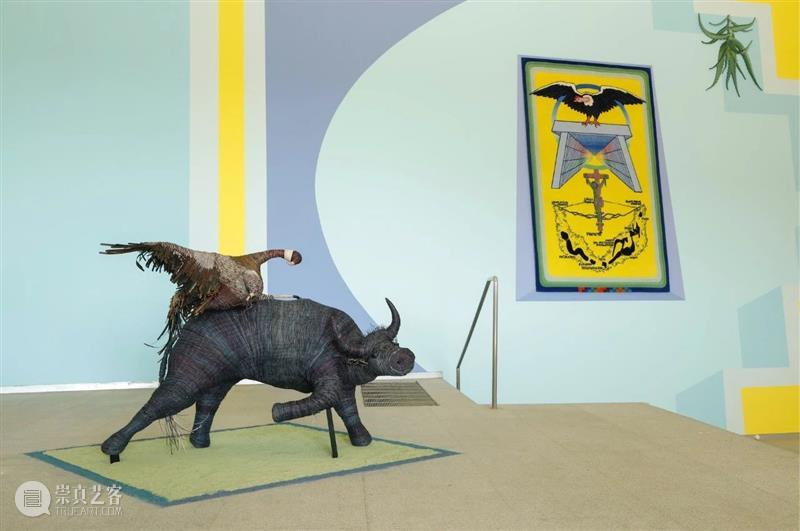
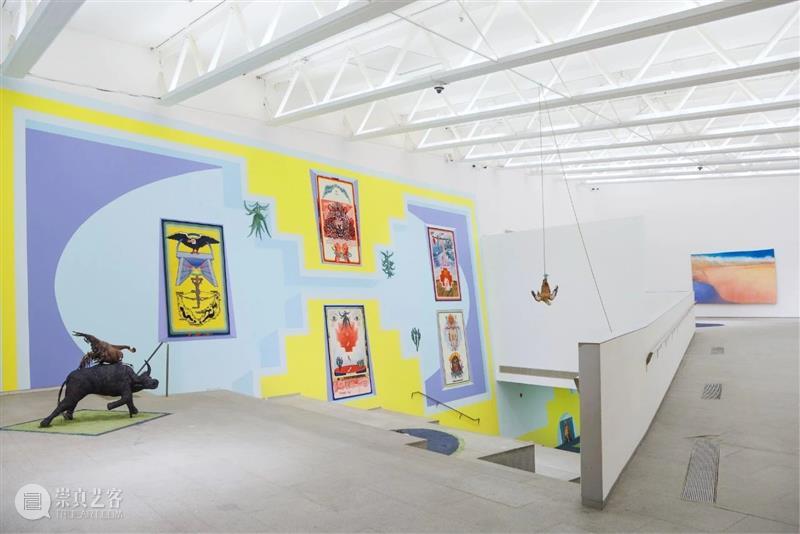




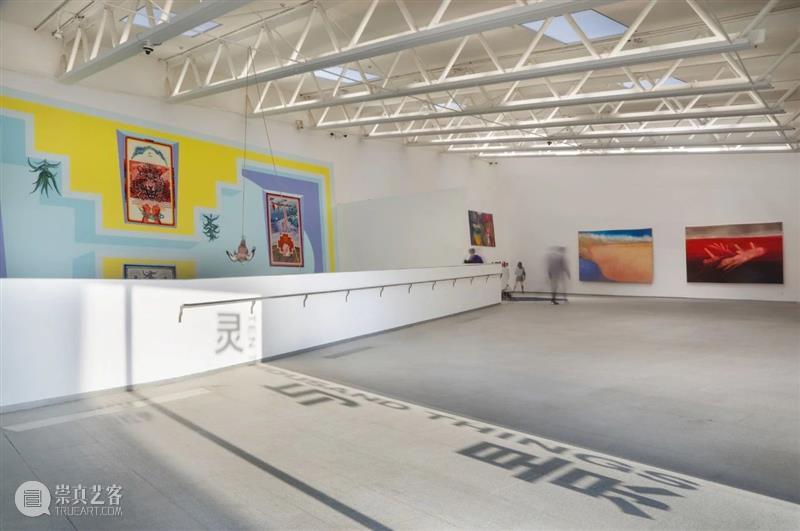


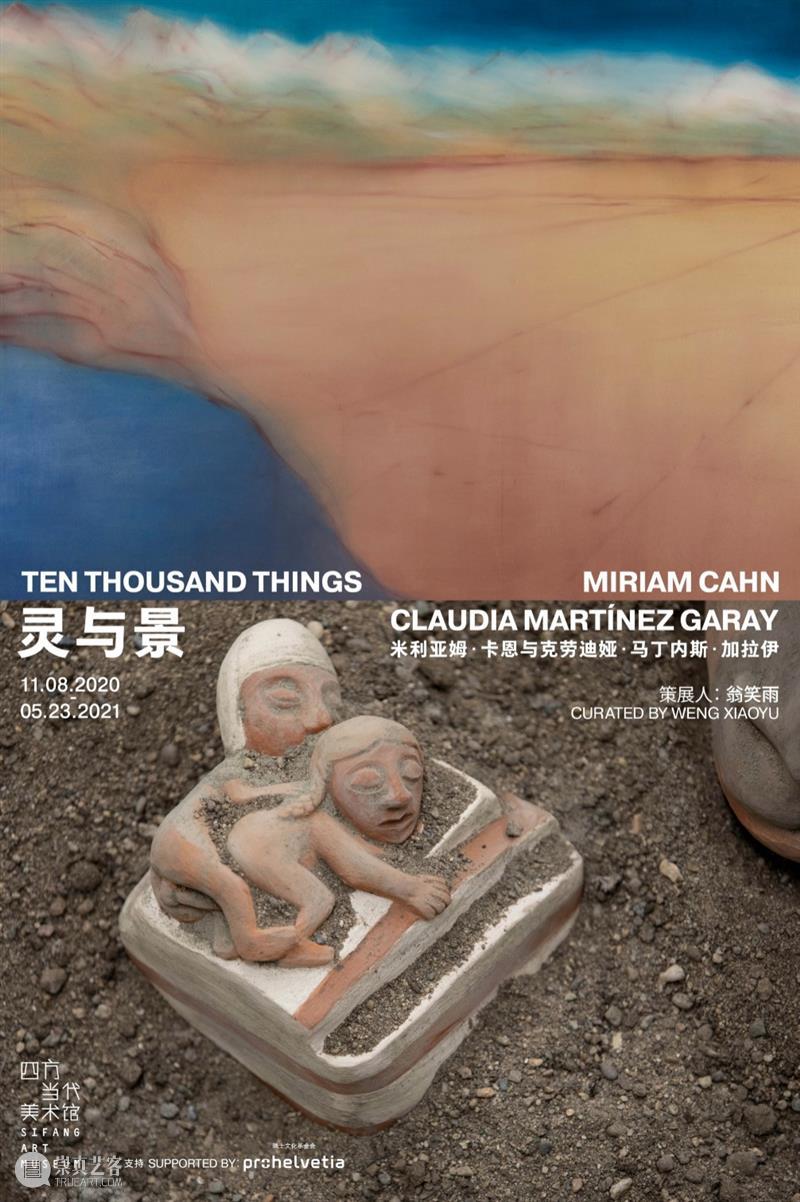

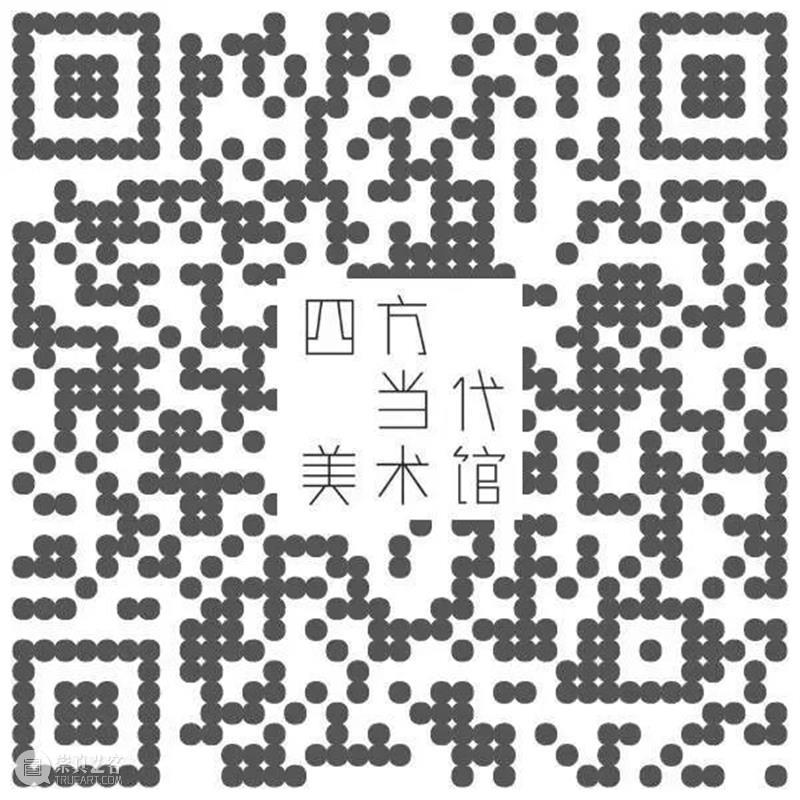
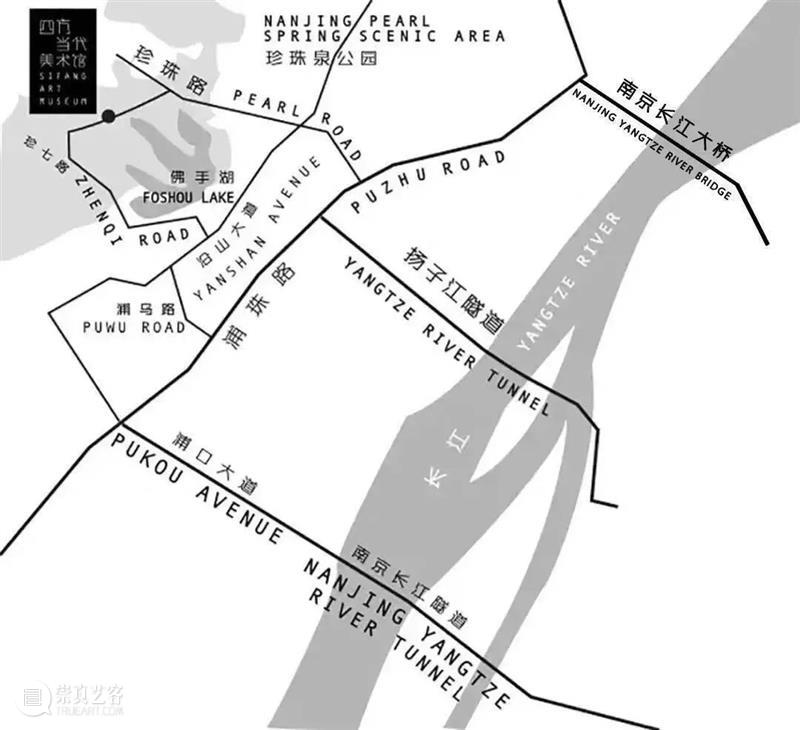








 分享
分享